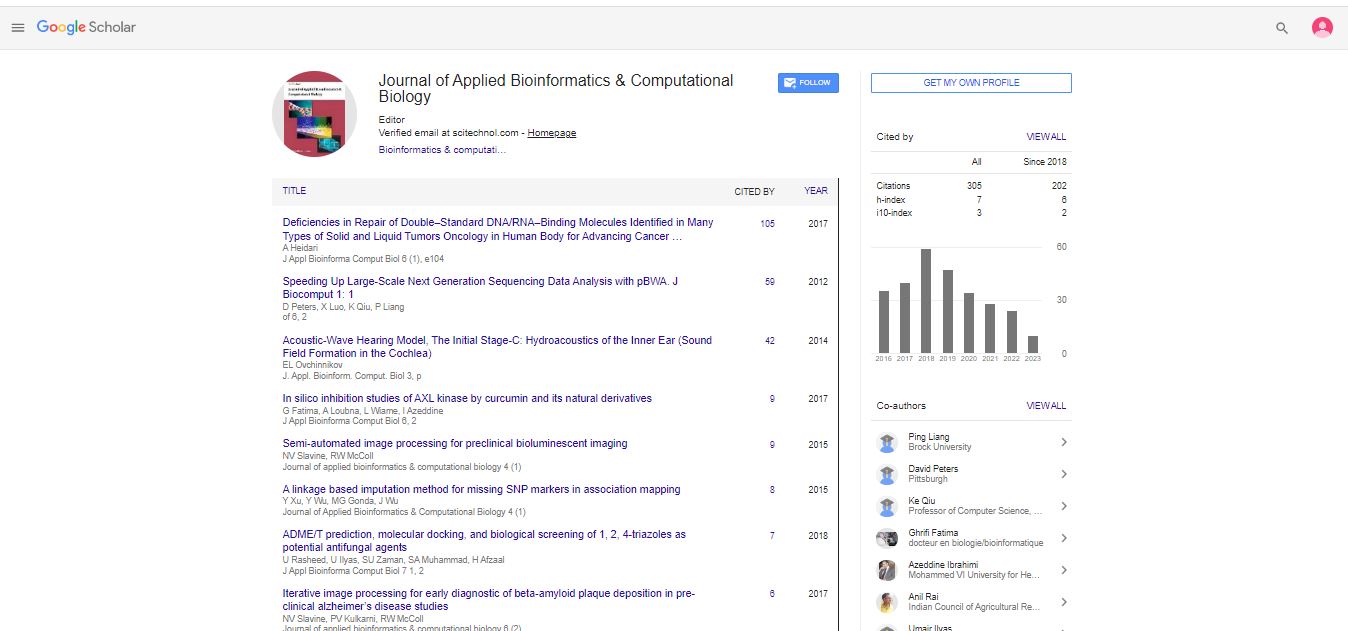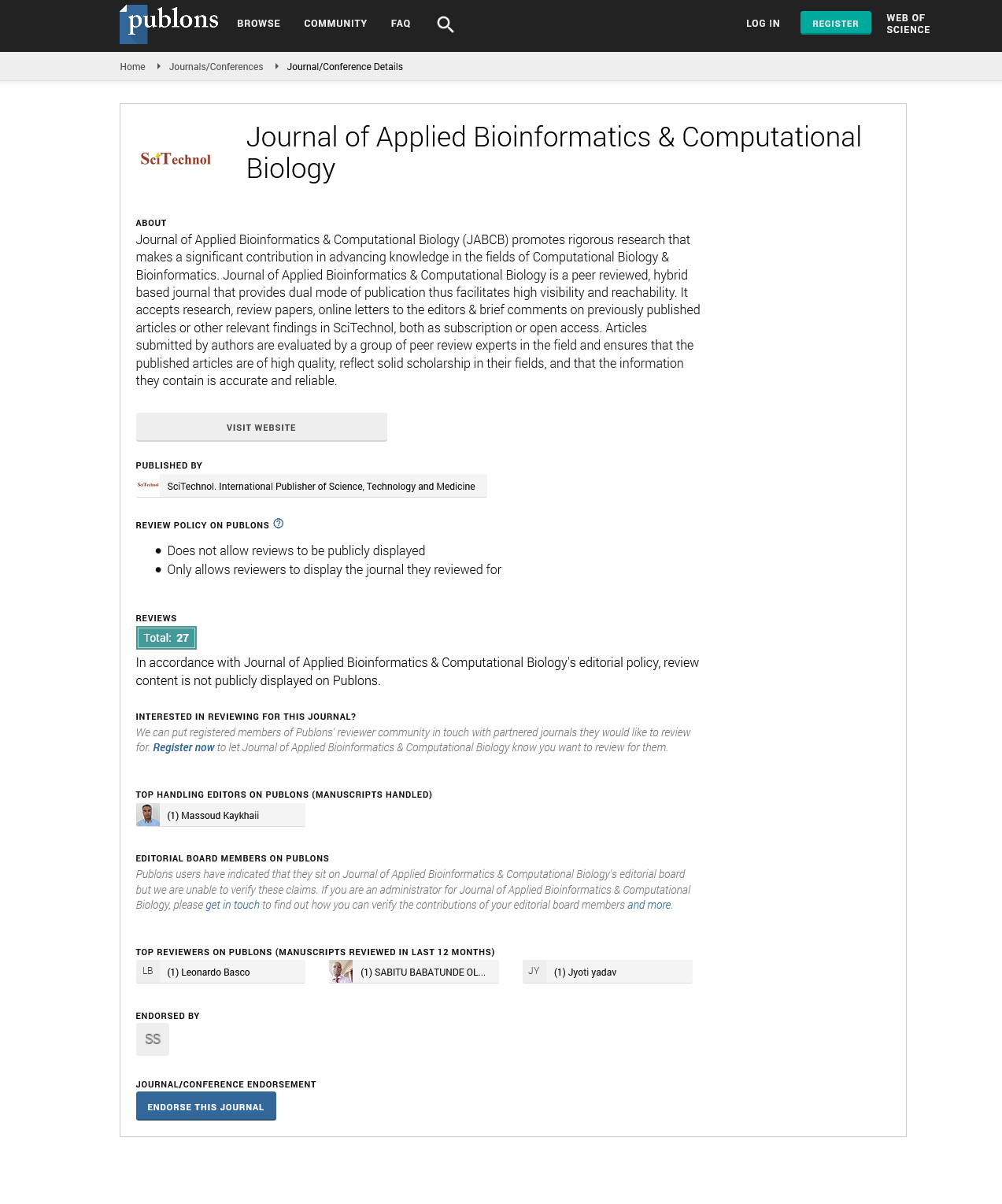Synthesis of star-comb and linear-comb copolymers: Effect of chain topology on crystallization and degradation behaviors
Xuefei Leng, Zhiyong Wei, Yufei Bian and Yang Li
Dalian University of Technology, China
: J Appl Bioinforma Comput Biol
Abstract
A series of highly branched star-comb poly(ε-caprolactone)-block-poly(L-lactide) (scPCL-b-PLLA) and linear-comb poly(trimethylene carbonate)-block-poly(L-lactide) (lcPTMC-b-PLLA) were successfully achieved using star-shaped/linearshaped hydroxylated polybutadiene (HPB) as macroinitiator by a simple “grafting from” strategy. The ration of each segment could be controlled by the feed ratio of comonomer. These star-comb double crystalline PCL-b-PLLA were first synthesized and expected to illustrate the influences of the polymer chain topology by comparing with their counterparts in linear-shaped, star-shaped and linear-comb shape. The crystallization behaviors of scPCL-b-PLLA copolymers and the degradation of lcPTMC-b-PLLA) were investigated systematically. For PCL-b-PLLA, it is shown that the comb-branched architectures promote the crystallization behavior of each constituent significantly. Both crystallinity and melting temperature greatly raised from linear to comb-shaped copolymers. Compared to linear-comb topology, the star-comb shape presents some steric hindrance of the graft points, which decreased the crystallinity of scPCL-b-PLLA. For PTMC-b-PLLA, it was found that the properties of the copolymers depended not only on the comonomer content but also on their topologies. Compared with block structure, the gradient and random structure of the side chain could yield unordinary properties and degradation behavior. Effects of chain topology and copolymer composition on the crystallization and degradation behaviors were studied and discussed.
Biography
E-mail: lengxuefei@dlut.edu.cn
 Spanish
Spanish  Chinese
Chinese  Russian
Russian  German
German  French
French  Japanese
Japanese  Portuguese
Portuguese  Hindi
Hindi 
